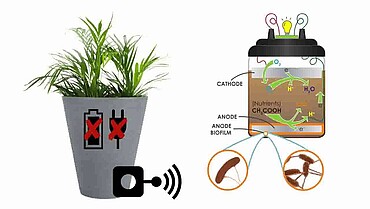Abstract
Paolo Barbato and his team of six engineers based in Milan created the Wiseair – an air quality sensor designed to not only map the real-time quality data of air around the city, but also to help individuals avoid pollution and improve their health by applying this data to their everyday lives. In October 2018, the prototype of the product was ready. The team had until then been focusing on technology and now they needed to look into the business aspect of the product. The superior price-performance ratio of Wiseair meant that it had a competitive advantage over similar products in the market. But keeping in mind the different values of the product, should they aim to penetrate the B2B market by selling data or the B2C market by selling the sensors? If they opt for the first, how could they collect data when they did not even have consumers? If they opt for the second, how would they go about building their brand and educating the right customer on the product? Also, Wiseair had so far relied on research grants when it came to financing product development; however, the startup now needed to tap into new sources for further capital.
Citation Note
Based on field research; 13 pages.
Follow the 'handle' link to access the Case Study on RePub.
For EUR staff members: the Teaching Note is available on request, you can contact us at rsm.nl/cdc/contact/
For external users: follow the link to purchase the Case Study and the Teaching Note.
Objective
1. Describe the differences between B2B and B2C strategies and their implications on financing. 2. Analyze how to monetize a technological innovation, especially when the innovation concerns both hardware and software. 3. Understand non-recurring revenue and recurring revenue and explain how to generate them with technology innovations.
